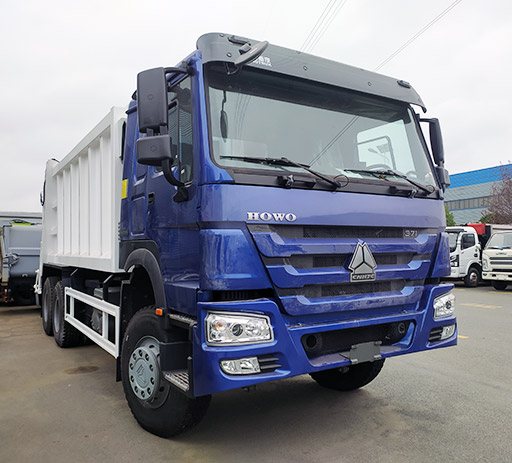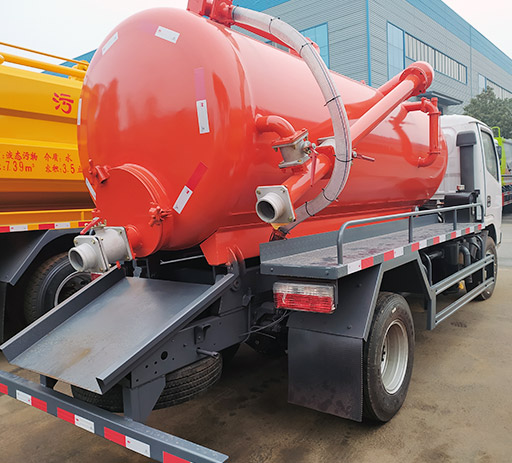Understanding Fire Engine Water Tanks: Importance, Types, and Maintenance

Introduction
Fire engine water tanks are essential components of firefighting vehicles, providing the necessary water supply during emergencies. These tanks are designed to store large volumes of water, enabling firefighters to respond quickly to fires in areas without immediate access to hydrants or other water sources. In this comprehensive article, we will explore the various types of fire engine water tanks, their designs, practical applications, maintenance tips, and much more. By the end, you will have a thorough understanding of the importance of water tanks in firefighting operations.
The Importance of Fire Engine Water Tanks
Fire engine water tanks serve several critical functions in firefighting. Here are some key points highlighting their significance:
- Provides a primary water supply when traditional sources are unavailable.
- Enhances firefighters’ ability to combat fires effectively and efficiently.
- Allows for faster response times in emergency situations.
- Facilitates a better strategic approach to fire suppression in remote or rural areas.
Types of Fire Engine Water Tanks
1. Fixed Water Tanks
Fixed water tanks are permanently mounted onto fire engines. They come in various capacities, typically ranging from 500 to 3,000 gallons, depending on the size and type of the firefighting apparatus.

2. Portable Water Tanks
Portable water tanks are collapsible and can be set up quickly. They are convenient for situations where access to a water source is challenging. These tanks are often made from lightweight materials for easy transport.
3. Above-Ground Water Tanks
Above-ground tanks are a common choice for fire stations. They store water separately from the fire engine and can be filled by firefighters as needed, ready for use in emergencies.
4. Underground Water Tanks
Underground tanks are often part of larger water supply systems for firefighting. They are designed to be buried, providing a large water supply without taking up surface space.
Water Tank Capacity Considerations
The capacity of a fire engine water tank is a critical factor in its design and functionality. Key considerations include:
- Type of Fire: Different types of fires (wildfires, structural fires) may require varying amounts of water.
- Firefighting Techniques: The method of fire suppression (direct attack, indirect attack) can influence capacity needs.
- Response Area: Urban and rural settings may have different water supply availability, impacting tank size requirements.
Materials Used in Fire Engine Water Tanks
The materials used for constructing water tanks play a vital role in durability and maintenance. Common materials include:
1. Stainless Steel
Stainless steel is known for its corrosion resistance and longevity, making it a preferred choice for many fire departments.
2. Aluminum
Aluminum tanks are lightweight and corrosion-resistant, providing a balance between strength and weight.
3. Polyethylene
These tanks are more affordable and lightweight but may not offer the same durability as metal options.
Water Tank Design Features
1. Baffles
Baffles are internal walls that help reduce water sloshing during transport, maintaining stability and balance while on the move.
2. Fill and Drain Valves
Proper fill and drain valves are essential for ensuring quick and efficient water management during operations.

3. Monitoring Systems
Some modern tanks come equipped with monitoring systems that provide real-time information about water levels and tank health.
Maintenance of Fire Engine Water Tanks
Regular maintenance is crucial to ensure that fire engine water tanks function effectively. Here are some maintenance tips:
1. Routine Inspections
Regularly inspect the tank for leaks, cracks, and corrosion to catch potential issues early.
2. Cleaning
Conduct periodic cleaning to prevent algae growth and sediment buildup, which can contaminate the water supply.
3. Monitor Water Quality
Regularly test the water for contaminants and maintain proper chemical balances to ensure safe usage.
4. Check Valves and Fittings
Inspect and maintain valves and fittings regularly to prevent leaks and ensure efficient operation.
Fire Engine Water Tank Usage: Practical Examples
Understanding how fire engine water tanks are used in real scenarios can help emphasize their importance.
1. Urban Fire Response
In urban areas, fire engines with water tanks can immediately begin suppressing flames while additional resources, such as hydrants, are mobilized.
2. Rural Firefighting
In remote locations where hydrants are scarce, portable water tanks can be deployed quickly to establish a water supply during operations.
Cost Considerations for Fire Engine Water Tanks
When considering the budget for fire engine water tanks, several factors come into play:
1. Size and Capacity
The larger the tank, the higher the cost. Assess the required capacity based on operational needs.
2. Material
Metal tanks may have a higher upfront cost but can provide savings in longevity and durability compared to plastic options.
3. Maintenance Costs
Factor in the long-term maintenance costs associated with different types of tanks, including cleaning, repairs, and potential replacements.

Future Trends in Fire Engine Water Tanks
The field of firefighting is evolving with technology. Here are some future trends that may influence fire engine water tanks:
1. Smart Water Tanks
Technology such as IoT (Internet of Things) can provide real-time data on water levels, quality, and tank health.
2. Increased Customization
As technologies advance, more customizable tank designs will be developed to meet specific firefighting needs.
3. Sustainability Practices
There is a growing trend towards environmentally friendly materials and methods, which could influence future tank designs.
FAQs
1. What is the typical capacity of a fire engine water tank?
The capacity of fire engine water tanks typically ranges from 500 to 3,000 gallons, depending on the type of fire apparatus.
2. How should fire engine water tanks be maintained?
Regular inspections, cleaning, and monitoring water quality are essential maintenance practices for fire engine water tanks.
3. What materials are fire engine water tanks made of?
Common materials include stainless steel, aluminum, and polyurethane, each offering different benefits for durability and weight.
4. How do baffles work in water tanks?
Baffles are internal structures that reduce water sloshing during transport, helping maintain vehicle stability.
5. What are the advantages of portable water tanks?
Portable water tanks are easy to transport, quickly deployable, and ideal for use in areas where fixed water sources are limited.
6. What is the cost of a fire engine water tank?
The cost varies widely based on size, material, and additional features but can range from a few thousand to several tens of thousands of dollars.
